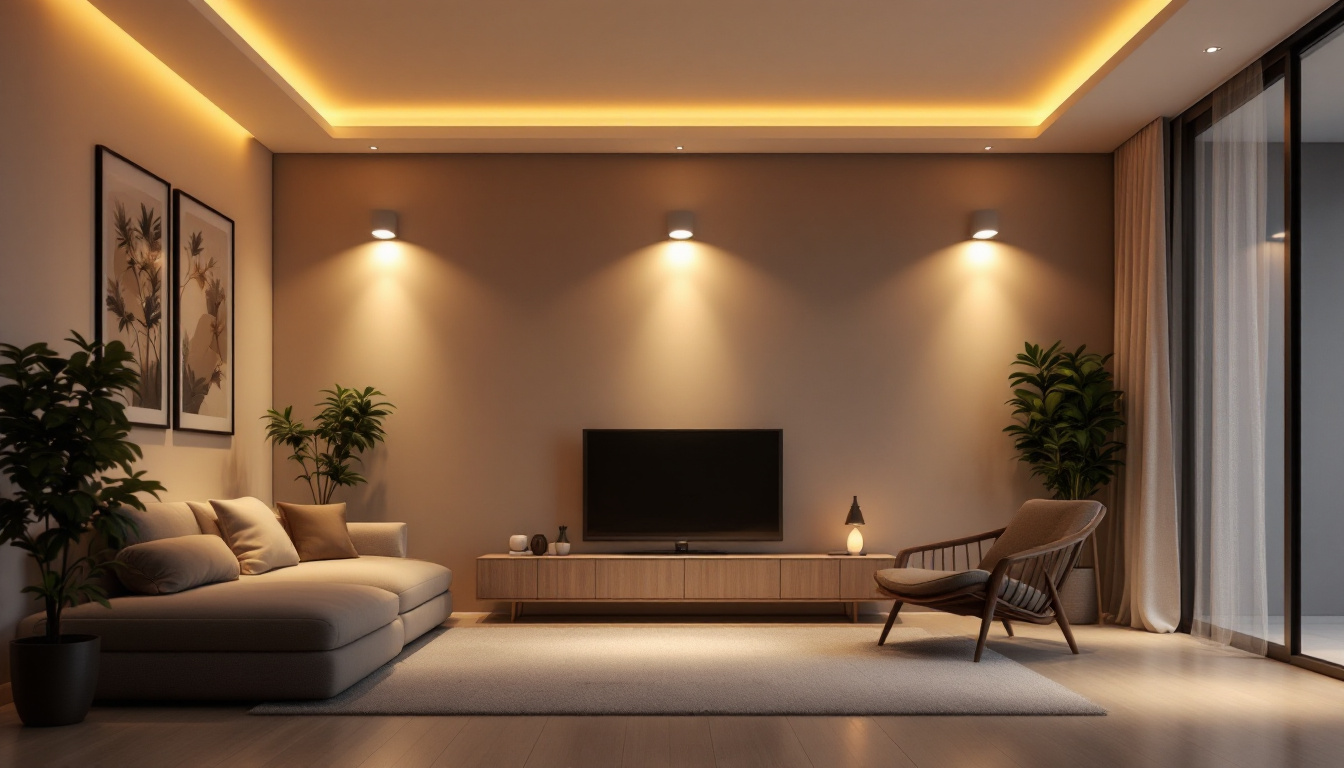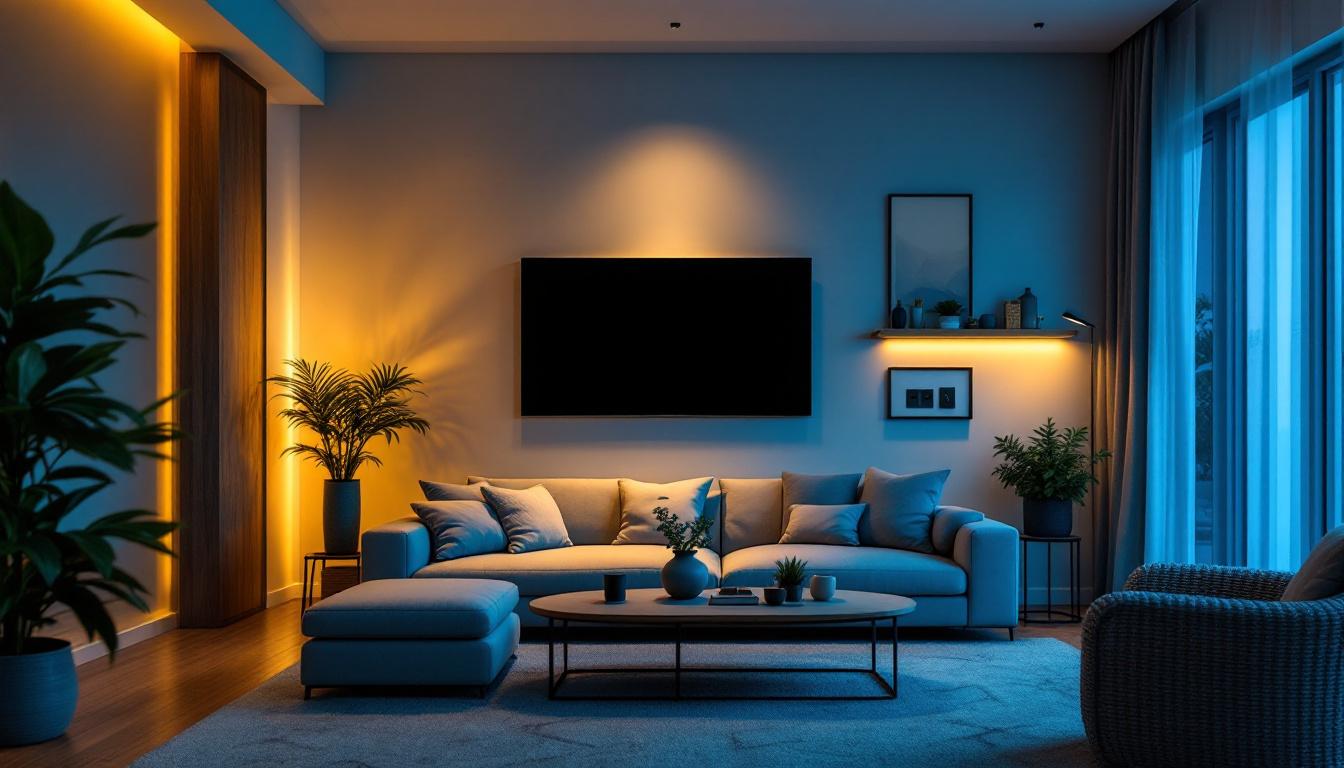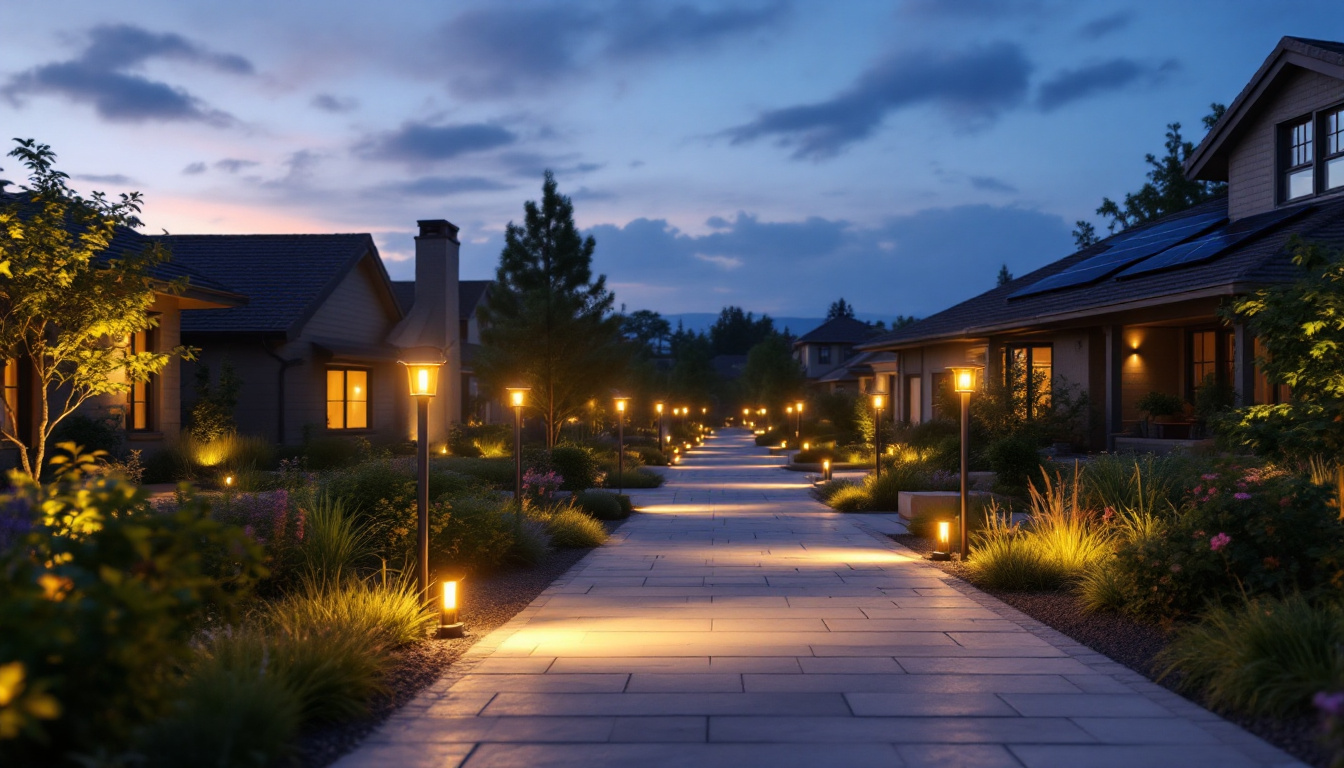
LED recessed lighting has become a popular choice for both residential and commercial spaces due to its energy efficiency, longevity, and sleek design. Unlike traditional lighting options, LED recessed lights offer a modern aesthetic while significantly reducing electricity consumption. However, with the growing popularity of this lighting solution comes the potential for costly mistakes if not properly planned and executed.
For lighting contractors, understanding the nuances of LED recessed lighting is crucial. This article will explore common pitfalls in lighting projects and provide insights on how to avoid them, ensuring a successful installation that meets client expectations and enhances the overall ambiance of the space.
Before diving into the mistakes to avoid, it’s essential to recognize the advantages of LED recessed lighting. These fixtures not only save energy but also have a longer lifespan compared to incandescent or fluorescent bulbs. This longevity translates to fewer replacements and lower maintenance costs over time.
Additionally, LED recessed lights provide excellent color rendering, which can enhance the appearance of interiors. They are available in various color temperatures, allowing contractors to tailor the lighting to the specific needs of the project, whether it’s a warm, inviting glow for a living room or a bright, cool light for a workspace.
Moreover, the versatility of LED recessed lighting extends beyond just aesthetics. These fixtures can be installed in various configurations, including single, multiple, or even adjustable options, making them suitable for a wide range of applications. For instance, in a kitchen, adjustable recessed lights can be directed to highlight specific areas such as countertops or islands, enhancing both functionality and style. Additionally, many LED recessed lights are now compatible with smart home systems, allowing users to control brightness and color temperature through their smartphones or voice-activated devices, adding another layer of convenience and modernity.
Furthermore, LED recessed lighting is also a sustainable choice. Many manufacturers are now focusing on eco-friendly production processes, ensuring that these lights are not only energy-efficient but also made from recyclable materials. This commitment to sustainability resonates with environmentally conscious consumers and can be a selling point for contractors looking to attract clients who prioritize green building practices. As the demand for energy-efficient solutions continues to rise, understanding the full spectrum of benefits that LED recessed lighting offers can empower contractors to make informed decisions that align with both their business goals and their clients’ needs.
Even experienced contractors can make mistakes when it comes to LED recessed lighting. Understanding these common errors is the first step in preventing them. Here are some pitfalls to watch out for:
One of the most significant mistakes in lighting projects is failing to plan the layout adequately. A well-thought-out lighting plan is essential for achieving the desired effect. Contractors should consider the purpose of the space, the height of the ceilings, and the placement of furniture when determining where to install recessed lights.
Moreover, spacing is crucial. Too many fixtures can lead to an overly bright space, while too few can leave areas inadequately lit. A general rule of thumb is to space the lights about 4 to 6 feet apart for optimal coverage, but this can vary based on the specific requirements of the project. Additionally, it’s important to take into account the beam angle of the LED lights being used; a narrower beam may require closer spacing to achieve even illumination, while a wider beam can allow for greater distances between fixtures.
Furthermore, contractors should also consider the color temperature of the LEDs, as this can dramatically affect the mood of the space. Warmer tones (around 2700K to 3000K) can create a cozy and inviting atmosphere, ideal for living rooms and bedrooms, while cooler tones (above 4000K) are often better suited for workspaces or kitchens where clarity and focus are essential.
Many contractors overlook the importance of dimming options in their lighting designs. Dimming capabilities can significantly enhance the functionality of recessed lighting. By incorporating dimmers, contractors can provide clients with the flexibility to adjust the brightness according to their needs, whether for entertaining guests or creating a cozy atmosphere.
Additionally, not all LED lights are compatible with dimmers. It is crucial to ensure that both the fixtures and dimmer switches are compatible to avoid flickering or buzzing sounds. Educating clients about the benefits of dimmable LED recessed lighting can also elevate the overall value of the project. For instance, dimmers can help save energy and extend the lifespan of the LED bulbs, as running them at lower brightness levels reduces wear and tear.
Moreover, it’s worth noting that smart dimmers are becoming increasingly popular, allowing users to control lighting via smartphone apps or voice commands. This modern approach not only adds convenience but also allows for more intricate lighting scenes, which can be tailored to specific activities or times of day. Integrating such technology into a lighting plan can significantly enhance the user experience and set a project apart from standard installations.
The selection of LED recessed fixtures can greatly impact the success of a lighting project. Contractors must be diligent in choosing the right products that align with the project’s goals and the client’s preferences.
Color temperature is a critical factor in the selection of LED recessed lighting. Measured in Kelvins (K), it affects the mood and functionality of a space. Warmer tones (2700K-3000K) create a cozy atmosphere, ideal for living rooms and bedrooms, while cooler tones (4000K-5000K) are better suited for task-oriented areas like kitchens and offices.
Contractors should also consider how the chosen color temperature interacts with the existing colors in the space. Testing samples in the actual environment can help visualize how the light will appear at different times of the day, ensuring the final choice meets the client’s expectations.
Another common oversight is neglecting to consider the beam angle of the recessed lights. The beam angle determines how wide or narrow the light spreads, which can significantly influence the effectiveness of the lighting design. A narrow beam angle (15-30 degrees) is ideal for highlighting specific features, while a wider angle (40-60 degrees) provides general illumination.
Choosing the right beam angle is essential for achieving the desired effect. For example, in a gallery setting, narrow beams can accentuate artwork, while wider beams are more suitable for ambient lighting in larger spaces. Understanding the project’s requirements will guide the selection of the appropriate beam angle.
The installation phase is where many mistakes can occur, often leading to costly rework. Proper installation techniques and attention to detail are paramount for a successful LED recessed lighting project.
During installation, maintaining proper spacing and alignment of recessed lights is crucial. Unevenly spaced fixtures can create an unbalanced look and lead to areas of shadow or excessive brightness. Using a laser level can assist in achieving uniformity and precision.
Additionally, contractors should consider the height of the ceiling when determining the depth of the recessed lights. For higher ceilings, deeper fixtures may be necessary to ensure adequate light distribution. Proper alignment not only enhances aesthetics but also improves functionality.
LED fixtures generate less heat than traditional lighting, but it is still essential to address insulation and heat concerns during installation. Overheating can lead to reduced efficiency and a shorter lifespan for the fixtures. Contractors should ensure that recessed lights are rated for insulation contact (IC-rated) if they will be installed in insulated ceilings.
Proper ventilation is also important to prevent heat buildup. Ensuring that there is adequate airflow around the fixtures can help maintain optimal performance and longevity. Educating clients about these considerations can enhance their understanding of the installation process and its impact on the lighting system’s effectiveness.
Once the installation is complete, there are still several factors to consider to ensure the success of the lighting project. Post-installation assessments and client education play a significant role in the overall satisfaction of the project.
A final walkthrough with the client is an essential step in the post-installation process. This allows contractors to demonstrate how the lighting system operates and address any concerns the client may have. It’s an opportunity to showcase the versatility of dimming options and the impact of different color temperatures in various areas of the space.
During the walkthrough, it’s important to observe how the lighting interacts with the space at different times of the day. This assessment can help identify any adjustments that may be necessary to optimize the lighting design further.
Educating clients on the maintenance of their LED recessed lighting is crucial for ensuring longevity and performance. Providing clear guidelines on how to clean fixtures, replace bulbs, and troubleshoot common issues can empower clients to take care of their lighting systems effectively.
Additionally, discussing the importance of using compatible dimmers and avoiding overloading circuits can prevent potential problems down the line. Offering ongoing support and being available for questions can help build trust and strengthen the client-contractor relationship.
LED recessed lighting presents a multitude of benefits, but it also comes with its share of challenges. By understanding common mistakes and implementing best practices, lighting contractors can ensure successful installations that meet client expectations and enhance the overall aesthetic of the space.
From careful planning and fixture selection to proper installation and post-installation support, each step plays a vital role in the success of LED recessed lighting projects. By avoiding costly mistakes and providing clients with the knowledge they need, contractors can establish themselves as trusted experts in the field, paving the way for future projects and referrals.
Ready to elevate your lighting projects with the best in LED recessed lighting? At LumenWholesale, we provide you with the high-quality, spec-grade lighting products you need at prices that make sense for your bottom line. Say goodbye to local distributor markups and hello to our vast selection of superior lighting solutions that meet rigorous industry standards. With free shipping on bulk orders, LumenWholesale is your go-to source for premium lighting without the premium price tag. Make your next project a shining success and experience Wholesale Lighting at the Best Value today.

Discover the top solar-powered outdoor flood lights that are revolutionizing efficiency for lighting contractors.

Discover the essentials of lighting control systems for homes with expert insights tailored for lighting contractors.

Discover innovative strategies from smart lighting contractors as they harness the power of toggle switches to revolutionize home and commercial lighting solutions.

Discover innovative cost-saving strategies for lighting contractors with solar-powered outdoor lights.